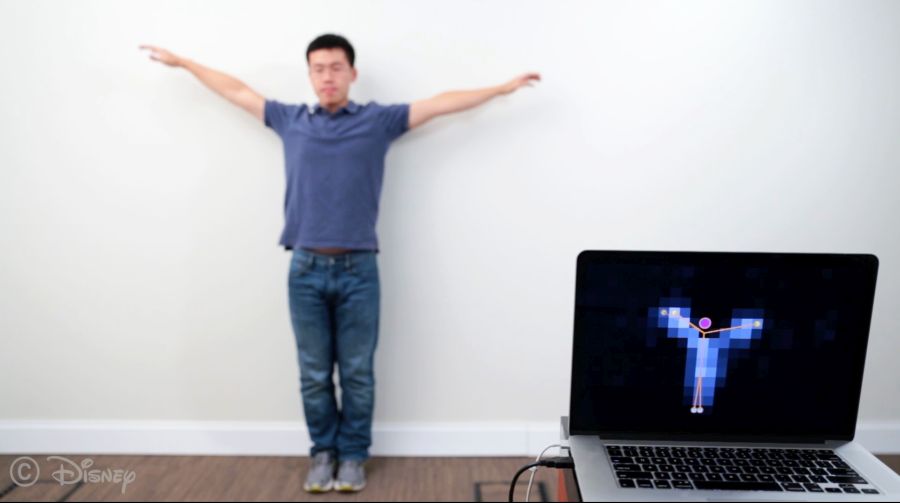- Conductive paint is a low-cost wall treatment that turns any wall into a sensor
- The enhanced wall reacts to human touch, detects movement/gesture in the room
- The interactive wall can estimate a user pose if he/she is close to the wall
- Capturing airborne electromagnetic noise enables it to detect and locate active appliances in real time
If only walls could interact, but they don’t. Or do they? Researchers at Carnegie Mellon University (CMU) and Disney Research research lab have actually designed a smart wall which interacts with the user. The team likes to call it Wall++, and it is developed keeping in mind smart home of the future and Internet of Things that create an ecosystem of connected devices.
This is achieved using a conductive wall paint and electromagnetic sensor which can do anything from adjusting room’s brightness level to tracking the use of electrical appliances. It can also detect gestures, human touch, and movement in the room.
The team used painter’s tape to create a cross-hatched pattern on the wall to create electrode patterns.
Then they applied two coats of water-based conductive paint having nickel, connected the electrodes and applied a coat of standard latex paint.
Chris Harrison, assistant professor 0f CMU’s Human-Computer Interaction Institute said;
As the Internet of Things and ubiquitous computing become reality, it is tempting to think that walls can become active parts of our living and work environments.
For now, the smart wall has two potential uses. One as a capacitive touchpad, like the one in our smartphone screen and the other as an electromagnetic sensor which controls your smart appliances.
As a capacitive touchpad, the wall can detect the touch of fingers and hand. This can be used as a switch for a smart light or maybe your thermostat. Further, depending on the sensitivity of the touch sensor, gesture recognition can also be incorporated.
On the other hand, in the role of an electromagnetic sensor, the wall acts as a unified antenna which picks up electromagnetic signals from appliances. Every appliance has its own signature signal, resulting in identifying the intended input with ease.
Yang Zhang, Ph.D student at the HCII said;
Walls are large, so we knew that whatever technique we invented for smart walls would have to be low cost.
Surprisingly, all this can be done at a low cost of $20 per square meter with simple tools like a paint roller.
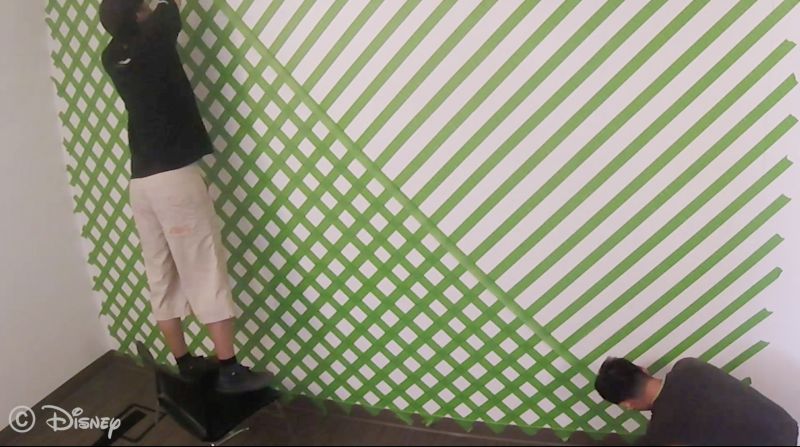
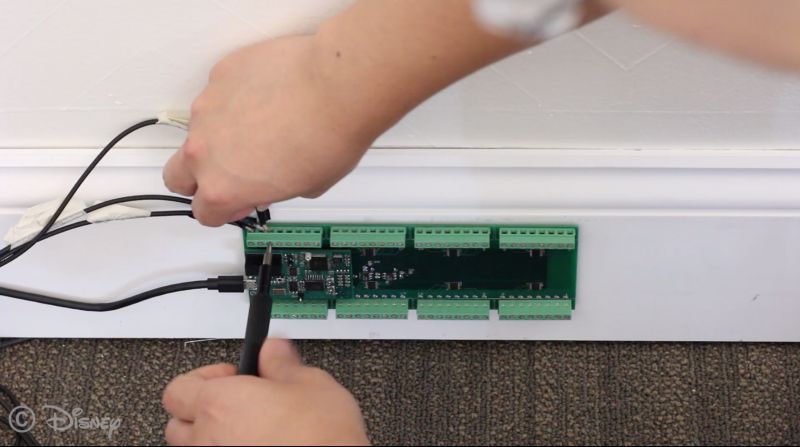
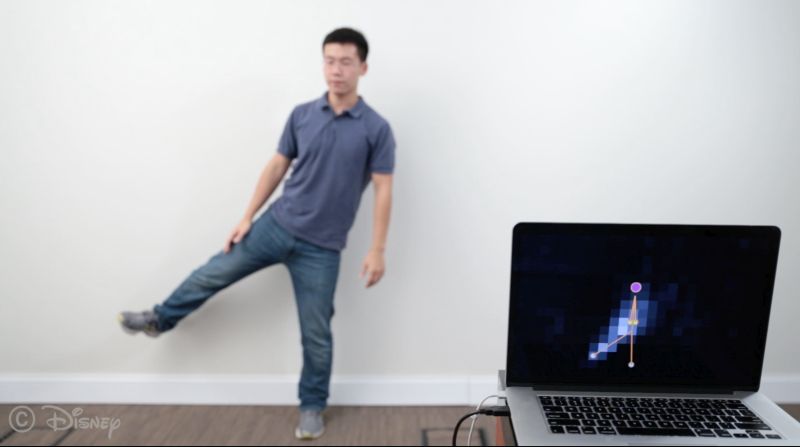
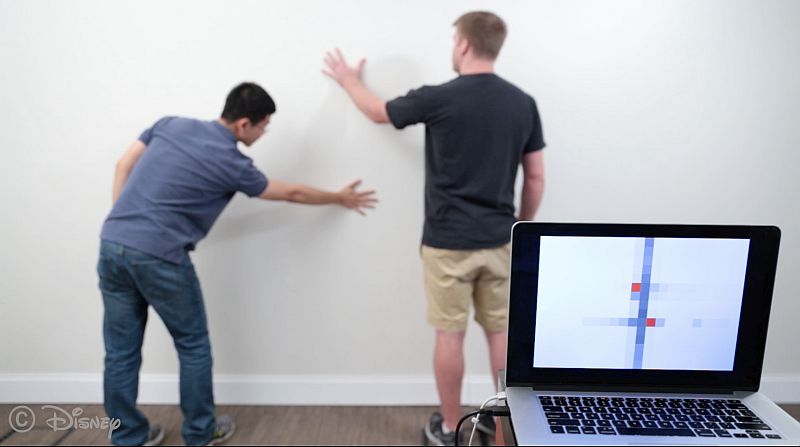
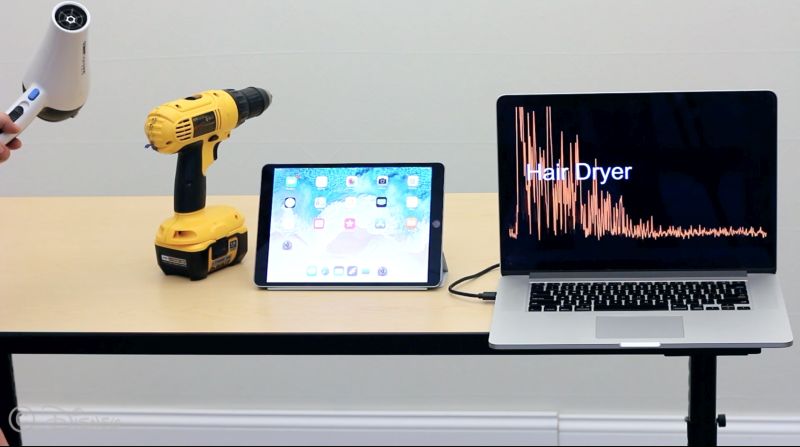
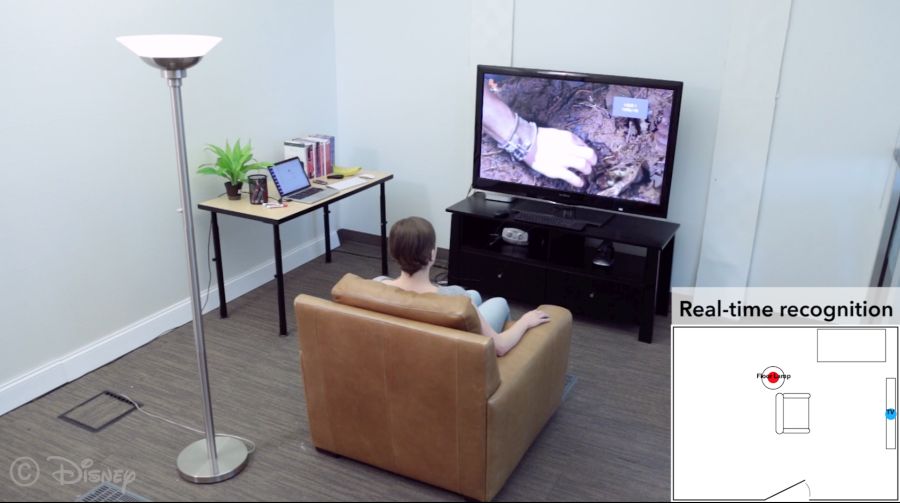
Follow Homecrux on Google News!
